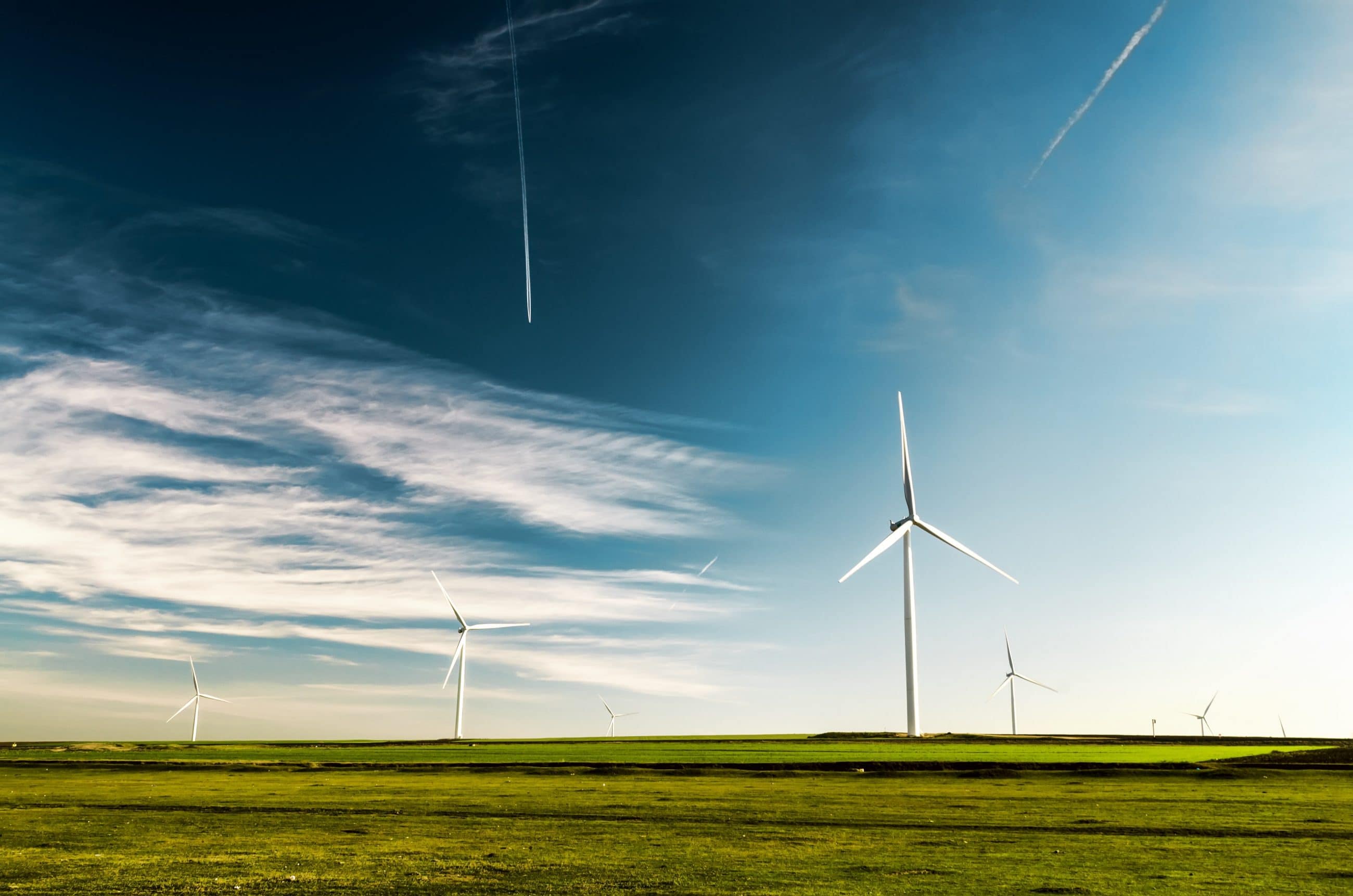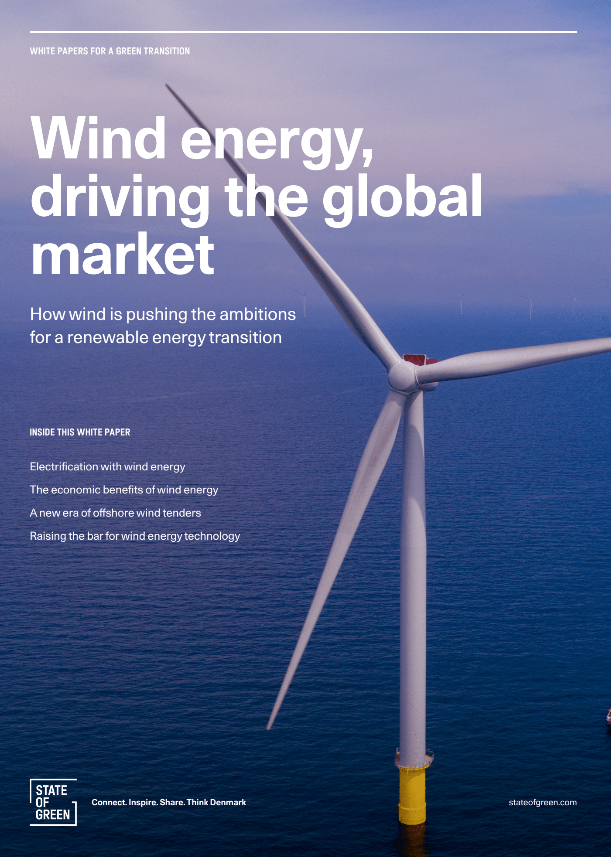Download our publication on wind energy today
This article is part of our publication ‘Wind energy’.
Download nowPerspective
Wind energy


Most of the Danish population favours the green transition regardless of the renewable technology. Danes are used to see wind turbines in the landscape, especially onshore wind turbines as they have been deployed since the 1970s. Whether it is new powerlines, large-scale solar PV farms, biogas plants, or wind farms the plans for placement are often debated locally: “Why are the wind turbines placed here and not somewhere else?” This view is often referred to as the NIMBY-effect: “Not In My Back Yard”. As green infrastructure cannot always be installed out of sight, new infrastructure
investments in Denmark are followed by initiatives to help locals go from NIMBY to “PIMBY”: “Please In My Back Yard”.
In Denmark, the green transition is a democratic process where everyone can part take and make their voice heard. All onshore wind turbine installations are discussed at local level and approved by local authorities. Experience has shown that early involvement is key to establish local support for new onshore wind projects. It creates a sense of ownership in the local community where the turbines are installed. When new wind turbines are installed, an ‘option for purchase scheme’ ensures that shares equivalent to minimum 20 per cent of the installed capacity is offered for local citizens to invest in. This fosters co-ownership and involvement.
In addition, the ‘green fund scheme’ requires wind farm owners to pay the relevant municipality a one-off sum of 1,700-22,000 EUR per MW. The funds are for the municipality to invest in new local initiatives and developments. Installing new onshore capacity thereby both contributes to the local economy and paves the way for a cleaner environment.
To support local green initiatives, Danish authorities offer ‘green loan guarantees’ to citizens that wish to buy their own wind turbines through a model of cooperative ownership. The loan guarantee fund is established to smoothen the investment decision for citizens seeking to play an active part in the green transition. Finally, neighbours living within eight times the tip height of wind turbines are awarded a ‘Renewable Energy Bonus’ based on a part of the wind turbine production. The bonus acknowledges their cooperation and goodwill.
Danish authorities have also installed mechanisms to secure property owners who have a perceived loss of property value due to neighbouring wind turbines. They are compensated if the loss of value is equal or higher than 1 per cent of the total value of the property. The value-loss framework enables any property owner living near a wind turbine (4-6 time the tip height) to apply for an ‘option to buy-scheme’ and sell their property to the turbine owner within a year from the first produced kilowatt hour. This framework of guarantees ensures the rights of any citizens perceiving a value-loss, but also for developers that their projects can be completed.

This article is part of our publication ‘Wind energy’.
Download nowPerspective
Sector coupling
+9